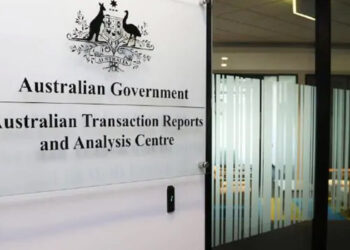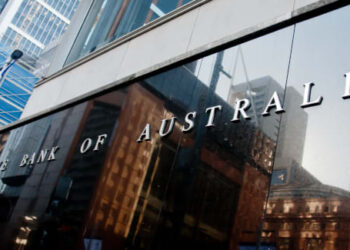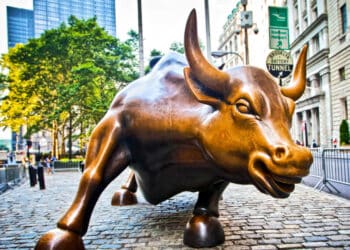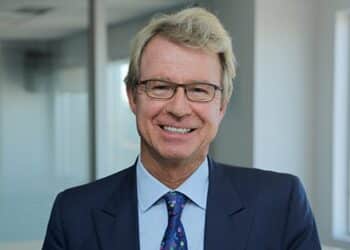Despite a surge in exchange-traded fund (ETF) popularity and a third of new ETF launches being actively managed, data shows active ETFs are struggling to gain meaningful traction.
First Sentier’s LEVR joins a crowded field, where just 11 ETF providers dominate 97.5 per cent of the ASX ETF market – and nearly all are index-focused.
“Most active managers who launch ETFs struggle to attract money,” said Chris Brycki, CEO of Stockspot. “Today there are 50 ETF providers on the ASX, but just 11 of them control 97.5 per cent of the assets. And all but three of those are index-focused.”
According to Brycki, the narrative is clear – the ETF market is dominated by indexed investing and active ETFs are struggling to find an audience.
Speaking to InvestorDaily, Marc Jocum, senior product and investment strategist at Global X, explained that fee-conscious Australian investors are increasingly flocking to low-cost index ETFs, leaving active ETFs struggling to gain traction.
“Most active ETFs charge significantly more than index ETFs, and Australian investors are increasingly fee-conscious, with the bulk of ETF flows going into low-fee investments,” Jocum said.
“Performance is another hurdle, as underperformance from high-profile active managers and lingering distrust in some active managers has dented investor confidence. While some active managers have gained traction in certain niches or specific asset classes, their overall reach remains limited.”
Stockspot’s analysis of 349 large-cap Australian share funds over five years found that 90 per cent underperformed a basic index ETF. SPIVA data has consistently shown similar results, with its most recent iteration showing that, on the global equity general front, a large majority (85 per cent) of active managers failed to match the benchmark’s return – the second highest on record.
“The odds get worse when you factor in higher fees, tax inefficiencies and the tendency for active funds to hold large cash balances that dilute long-term returns,” Brycki said.
“Putting these strategies into an ETF structure doesn’t change that. It just makes the underperformance more visible.”
Despite these performance concerns, the trend towards active ETF launches continues.
ASX figures show 17 of the 23 ETFs launches so far this year have been actively managed. Yet active ETFs represent only around 20 per cent of total ETF assets and account for just 2 per cent of net flows over the past 12 months.
They do, however, generate about 46 per cent of ETF industry revenue – a result of their higher fees.
“ETFs are a superior structure to traditional managed funds due to their liquidity, transparency and tax efficiency. As the saying goes, in hockey you skate to where the puck is going, and for asset managers, the puck is clearly heading toward ETFs,” Jocum said.
Jocum also noted that the ASX’s plan to wind down its mFund service by 2026 is expected to push around 10 per cent of those funds to convert to ETFs during the closure period.
“I predict more active ETFs will come to market in an ETF-driven world,” he said.
Jocum also expects more international issuers will enter the Australian market to expand their presence.
“While the US has seen strong uptake of active ETFs, accounting for around a third of net flows, it remains to be seen if that success will be replicated in Australia. Launches will continue in the active ETF arena, but meaningful flows will depend on pricing, performance, distribution capabilities and overall investor trust,” Jocum said.
However, for now, he noted, Australians seem to favour low-fee investment vehicles, regardless of market volatility.
“A common view is that active strategies perform best during volatile times, but there have been plenty of instances where this simply has not held true, and the majority still underperform a broad index during these times,” he said.
Citing research from S&P, Jocum noted that active managers tend to outperform in environments characterised by low volatility, high correlations and significant stock dispersion. However, these conditions occur just 2 per cent of the time, making chances of outperformance rare.
“During the recent market volatility earlier this month triggered by Trump’s renewed push for reciprocal tariffs, investors did not turn rush to active ETFs. Instead, we saw a surge in trading activity and flows into low-cost index ETFs as investors looked for broad diversified exposure to navigate the uncertainty.
“Investors prioritised broad-based, diversified, liquid and transparent exposure rather than higher cost active strategies, reinforcing the trend toward index ETFs in turbulent times.”
Ultimately, Brycki noted as ETFs continue to reshape the investment landscape, active managers must adapt, recognising that success in this new ecosystem demands not only innovation but also a relentless focus on performance and cost-efficiency.







